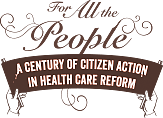Education Online Activities
Communities & Health Care
Everyone needs access to health care. This fundamental need has mobilized ordinary citizens to take extraordinary actions. Workers and community residents organized health collectives and clinics to secure their access to health care. Explore these photographs and learn about several health centers and cooperatives, created by and for the people, during the last century.
-
1. “Mother’s club,” New York, 1930s
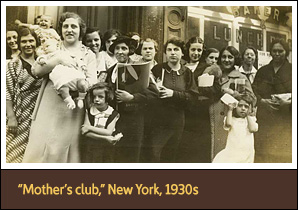
A nurse from the Henry Street Settlement with a parent education class known as a “mother’s club,” New York, 1930s
-
2. Families at Sabine Farms, Marshall, TX, 1939
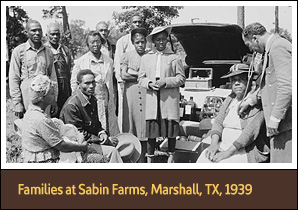
Families at Sabine Farms, a New Deal resettlement community for displaced tenant farmers near Marshall, TX, pooled their resources to employ a physician, Dr. Lee, 1939.
-
3. Union Health Center, New York, 1943
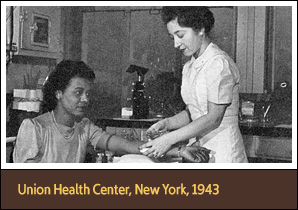
A nurse at the Union Health Center draws blood from a patient, New York, 1943.
-
4. Group Health Cooperative, Seattle, WA, 1947
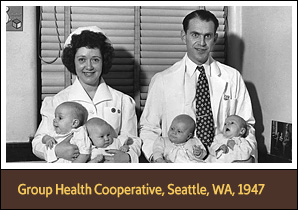
Nurse Elise Cook and Dr. William MacColl show off the first babies born at Group Health Cooperative in Seattle, WA, 1947.
-
5. Delta Health Center, Mound Bayou, MS, 1968
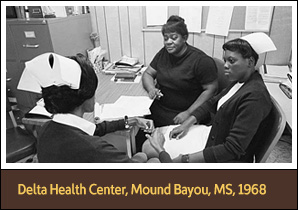
Nurses meeting at the Delta Health Center, a community-controlled clinic in Mound Bayou, MS, 1968.
-
6. National Farm Workers Service Center Health Clinic, Calexico, CA, 1973
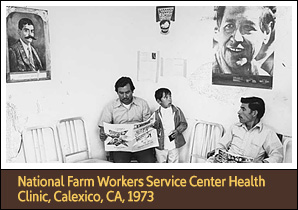
Patients in the waiting room of the National Farm Workers Service Center’s health clinic, decorated with posters of union leader Cesar Chavez and revolutionary leader Emiliano Zapata, Calexico, CA, 1973.
-
7. Chico Feminist Women’s Health Center, CA, 1975
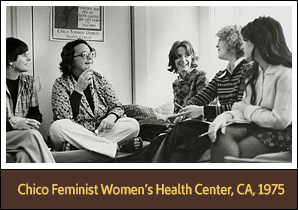
Betty Szudy, Dido Hasper, Wendi Jones, Judy Rutherford and Janice Turrini (left to right) were among several women who helped launch the Chico Feminist Women’s Health Center in California, 1975.









